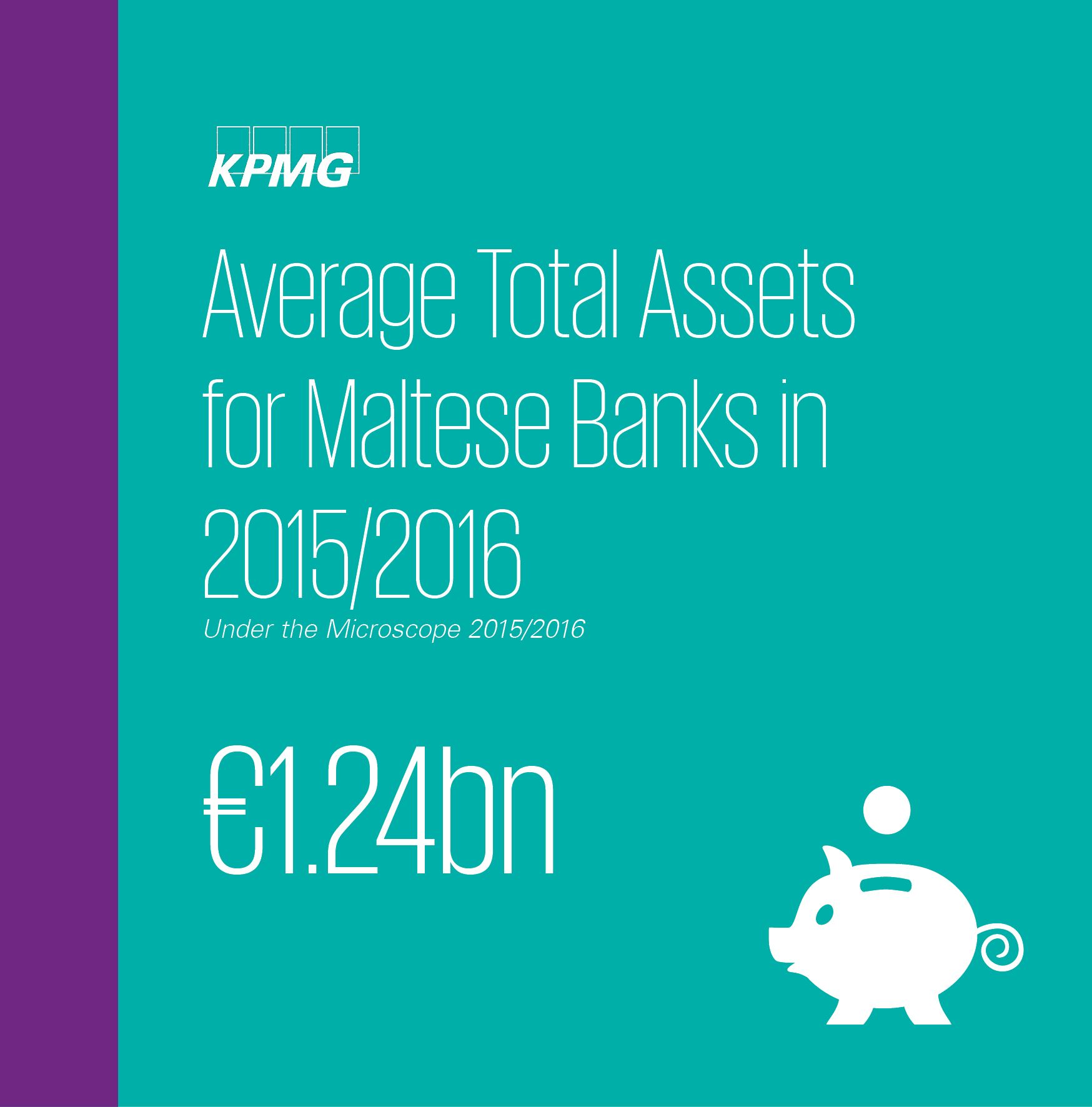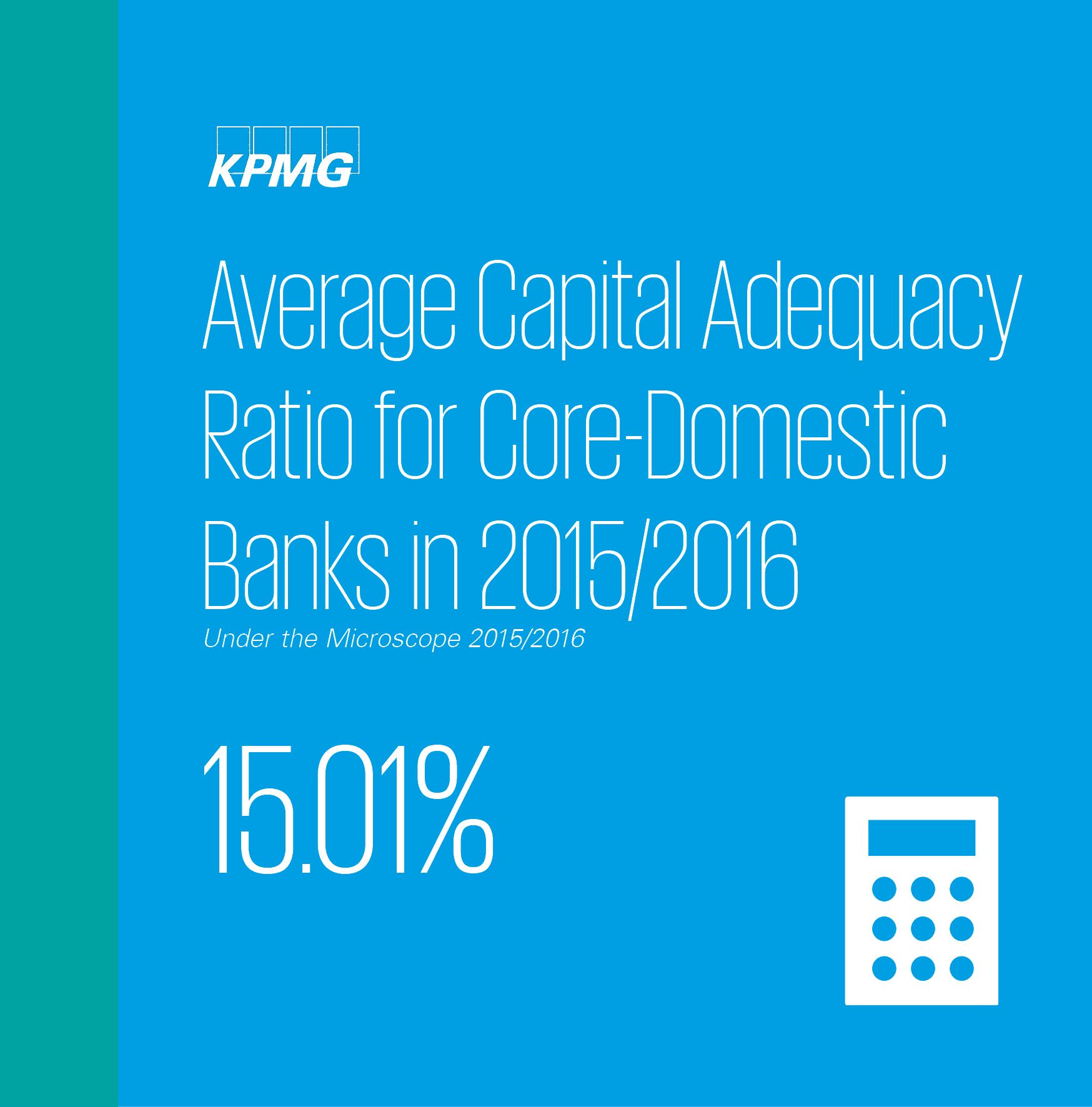Under the Microscope
Under the Microscope
“Under the Microscope” provides an insightful analysis of the performance of Maltese licensed banks, over 2015/2016, and includes financial assessments and insights directly from our leading local experts.

Foreword
Towards the end of 2015, KPMG in Malta launched the first of its kind publication Under the Microscope which looked at analysing the local Banking Industry, its players, trends, opportunities and challenges. In view of the excellent feedback received, we are pleased to publish the second edition of Under the Microscope with the aim of providing an insightful analysis of the performance of Maltese licensed banks, over 2015/2016. We intend to develop this into a staple publication for financial services practitioners, filled with assessments and insights directly from our leading local experts.
In this edition of Under the Microscope you will find articles about a banking industry which is looking to evolve, quickly and efficiently, whilst managing the ever-increasing burden imposed by a regulatory environment which is changing at breakneck speed.
We have once again looked at the players in the local banking industry and provided an assessment of twenty-three credit institutions operating locally, with the aim of harnessing our thoughts across 100 pages.
New “Under the Microscope” – A Review of the Maltese Banking Sector for Financial Year 2015/2016.
Although forming part of the European banking landscape, banking in Malta is a reflection of the Maltese people and local culture coupled with an international dimension which is unique to the Island and a product of the regulatory environment.Insights into banking in Malta remains relatively limited, which is why we have enhanced the financial metrics in our banking analysis and increased the number of articles highlighting key trends and issues the majority of banks, as well as financial institutions, are facing locally.

Stability and Success of the Maltese Financial System
Over the years, Malta has become a leading European financial services centre thatcombines high regulatory standards and rigorous enforcement. Since EU membership,back in 2004, the financial sector locally has grown tremendously and is a key factor forthe continuous economic growth that Malta has been experiencing over the years.
The stability and success of the financial system, of which banking plays a colossalpart, has led to more entities setting up their operations in Malta. Over the years, wehave seen the implications that external factors such as the financial crisis in 2008,have had on financial industries worldwide. We are definitely living in a highly dynamicand globalized environment in which financial companies face ever-lasting challenges.For instance, the recent Panama papers scandal and Brexit have shocked worldwideeconomies, creating uncertainty and the need for more transparency and probity.
So what characteristics have enabled our tiny island to absorb these shocks and stillremain an attractive hub for financial services? Definitely Eurozone membership isundeniably important, but more important is the favourable tax-system for entitiesand highly-qualified individuals, robust legal and regulatory frameworks, and the highlyeducated yet cost-effective workforce. These are just some advantages that makeMalta an attractive and lower cost domicile for worldwide entities. These remain solelythe drivers for Malta, as a jurisdiction to compete. Every industry can benefit from astable base, including the banking industry.

The Banking Boardroom
In the financial services sector we are seeing a form of stability emerge, whichhas however been brought about at a high cost. The European Macroeconomicenvironment continues to operate at artificially low interest rates whilst our banks areexperiencing dangerously high levels of liquidity, with limited options, in their viewto place locally. The regulatory machine continues to drive forward but without aclear vision of the unanticipated consequences, with banks and financial institutionsscrambling to minimize the disruption to their business models.
The Banking Boardroom today is littered with terminology which bankers are struggling to understand, let alone keep up with. We hear of IFRS9, EU Audit Reform, IFRS16,CRS, DCS, SRB, TLTROs, CET1 and Additional Tier 1 Capital instruments. These arejust to name a few.
Banks are now, more than ever, re-assessing their business models, with manyfocusing on curing any legacy issues, attempting to keep in touch with the stridesbeing made in financial technologies whilst positioning themselves to ensure theycan meet changing customer needs. They have realized, major change brings majoropportunities.
The Publication focuses on analysing the financial positions of the banks that are partof Malta’s financial system as well as bringing insights from our leading experts, hot offthe press.

© 2025 Copyright owned by one or more of the KPMG International entities. KPMG International entities provide no services to clients. All rights reserved.
KPMG refers to the global organization or to one or more of the member firms of KPMG International Limited (“KPMG International”), each of which is a separate legal entity. KPMG International Limited is a private English company limited by guarantee and does not provide services to clients. For more detail about our structure please visit https://kpmg.com/governance.
Member firms of the KPMG network of independent firms are affiliated with KPMG International. KPMG International provides no client services. No member firm has any authority to obligate or bind KPMG International or any other member firm vis-à-vis third parties, nor does KPMG International have any such authority to obligate or bind any member firm.
